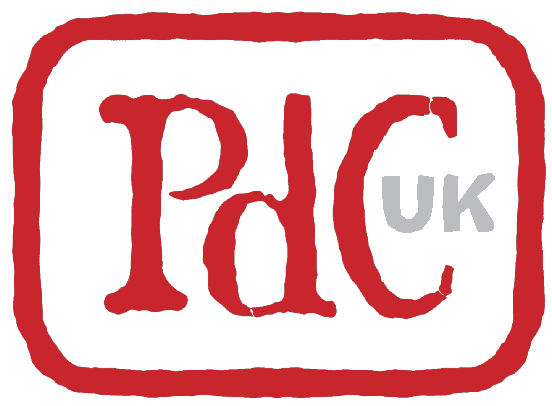Introducing TR19: The Gold Standard in Kitchen Extraction and Duct Cleaning
Have you ever wondered what goes on behind the scenes to keep your kitchen extraction system running smoothly? The answer lies in TR19, a standard set by the Building Engineering Services Association (BESA) that ensures the cleanliness and efficiency of ductwork systems.
But what exactly does this mean for you and your business?
TR19 isn’t just another set of regulations—it’s a comprehensive specification that outlines everything from access mechanisms to the cleaning process itself.
Access Mechanisms: Keeping Your Ductwork Pristine
One of the key components of TR19 is ensuring proper access to your ductwork.
Why is this important?
- Irregularities in your duct system can quickly become breeding grounds for grease and dust, posing potential health hazards and fire risks.
- TR19 mandates the installation of quality access panels at strategic points throughout your ductwork, allowing for regular inspection and cleaning. These panels must be constructed with the same materials as your ductwork, insulated, sealed to prevent leaks, and equipped with quick-release catches for easy access.
- The placement of these access panels is also critical. Ideally, they should be situated at the top or side of the ductwork to facilitate thorough cleaning. In cases where this isn’t feasible, panels can be placed at the bottom—but extra care must be taken to ensure a tight fit and prevent leaks.
Cleaning Process: A Step-by-Step Guide
The standard outlines a rigorous process that includes manual hand wiping and scraping of surfaces, chemical treatments to dissolve deposits, and mechanical brushing to dislodge stubborn debris. These steps are essential for maintaining optimal airflow and preventing the build-up of grease and dust, which can compromise both the efficiency and safety of your system.
But how often should you clean your ductwork?
That depends on several factors, including the type of system you have and how frequently it’s used. TR19 recommends regular inspections to ensure that cleaning is done at the appropriate intervals, preventing grease and dust levels from exceeding permissible limits.
Why TR19 Matters
In addition to promoting cleaner, safer environments, adhering to TR19 standards can also have financial benefits. Insurance providers often require compliance with TR19 for coverage, and failure to meet these standards could result in costly penalties or even the denial of claims. By investing in regular duct cleaning and maintenance, you not only protect your property and occupants but also safeguard your bottom line.
TR19 isn’t just a set of rules—it’s a roadmap to cleaner, safer, and more efficient ductwork systems. By following its guidelines, you can ensure that your kitchen extraction system operates at peak performance, minimising risks and maximising longevity.
So why wait? Contact us today to learn more about how TR19 compliance can benefit your business.
